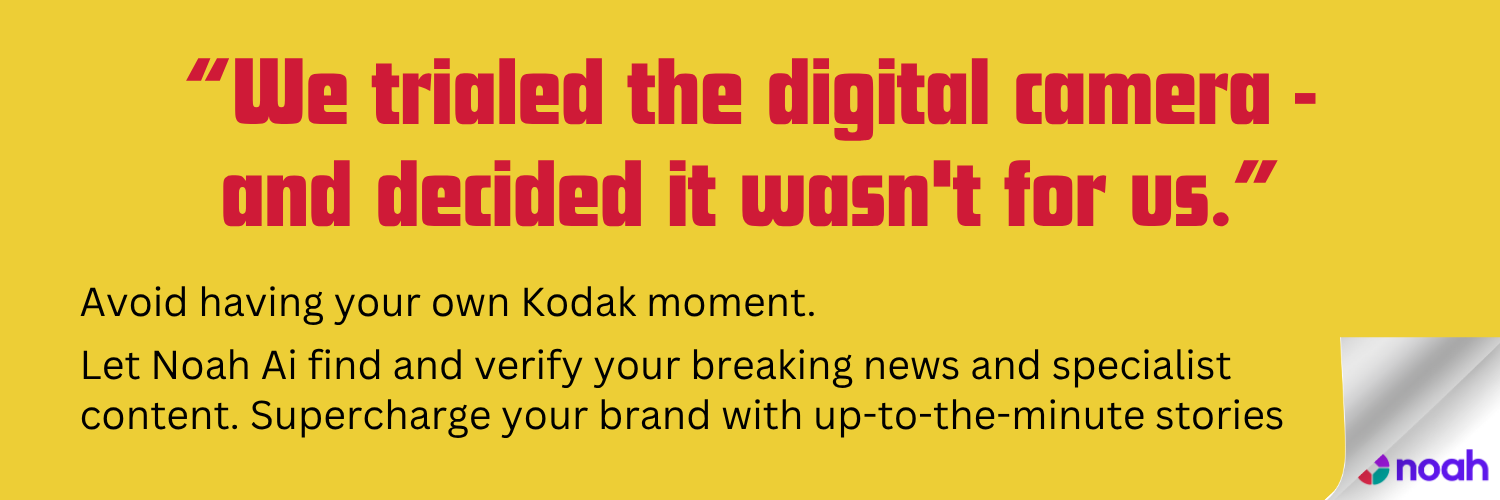Recent research highlights how conversational AI is not just a tool but an active collaborator in creative fields, redefining traditional notions of artistry and innovation.
In the evolving intersection of technology and the arts, conversational artificial intelligence (AI) is redefining the boundaries of creativity, as outlined in recent explorations by AI specialist Abhi Ram Reddy Salammagari and co-author Gaurava Srivastava. Their analysis reveals how AI, particularly through conversational agents, is becoming an active collaborator rather than a mere tool in the creative process, contributing in fields traditionally dominated by human intellect such as writing, music, and design.
The once human-exclusive domain of creativity is experiencing a profound transformation thanks to the capabilities of AI. These systems have evolved to assist in ideation and problem-solving, offering innovative perspectives and participating directly in content generation. By engaging in sophisticated dialogues and providing unique insights, AI challenges traditional perspectives on creativity, paving the way for novel innovations within various artistic realms.
The core of this transformation is rooted in advanced natural language processing (NLP). This technology empowers AI systems to comprehend and analyze human language intricately, facilitating the generation of contextually relevant and creative outputs. Through NLP, conversational AI can operate with a human-like finesse, contributing original ideas and joining creative workflows, thereby becoming indispensable in content-driven industries.
A distinguishing feature of AI in creative endeavours is its domain-specific expertise. Trained on extensive datasets encompassing literature, art, music, and beyond, these AI systems provide tailored advice and insights according to the specific needs of creators. This wealth of information allows AI to offer suggestions such as novel plot developments for writers, unique melodies for musicians, and innovative colour schemes for graphic designers, thereby refreshing traditional approaches to creative problem-solving.
Unlike static creative tools of the past, conversational AI stands out due to its adaptability and ability for real-time interactivity. AI systems learn from user interactions, refining their output to better suit user preferences and project needs. This continuous learning capability allows for a personalised creative experience, seamlessly integrating AI’s suggestions with human creativity to enhance project outcomes.
The impact of conversational AI spans numerous creative fields. In writing, for example, AI aids authors by generating plot ideas and character dialogues, assisting in overcoming creative blocks and exploring new narrative directions. For musicians, AI analyses artistic styles to produce rhythms and harmonies that align with their vision. In graphic design, AI suggests innovative layouts and colour schemes, facilitating the exploration of new design possibilities.
However, the integration of conversational AI into creative processes is not without its challenges and ethical implications. A significant concern is striking a balance between AI-generated content and human creativity, ensuring AI enhances rather than eclipses human input. Moreover, questions surrounding intellectual property rights arise, as AI contributions to creative works challenge traditional notions of authorship and copyright. Establishing clear guidelines and legal frameworks is crucial to protecting human creators’ rights while recognising AI’s contributions.
In concluding their study, Salammagari and Srivastava emphasise that advancements in conversational AI extend beyond reshaping creative processes—they transform the very concept of creativity. As industries navigate this evolving landscape, the synergy between human creativity and AI is poised to expand, potentially ushering in an era where artificial intelligence acts as a catalyst for innovation and inspiration.
Source: Noah Wire Services








